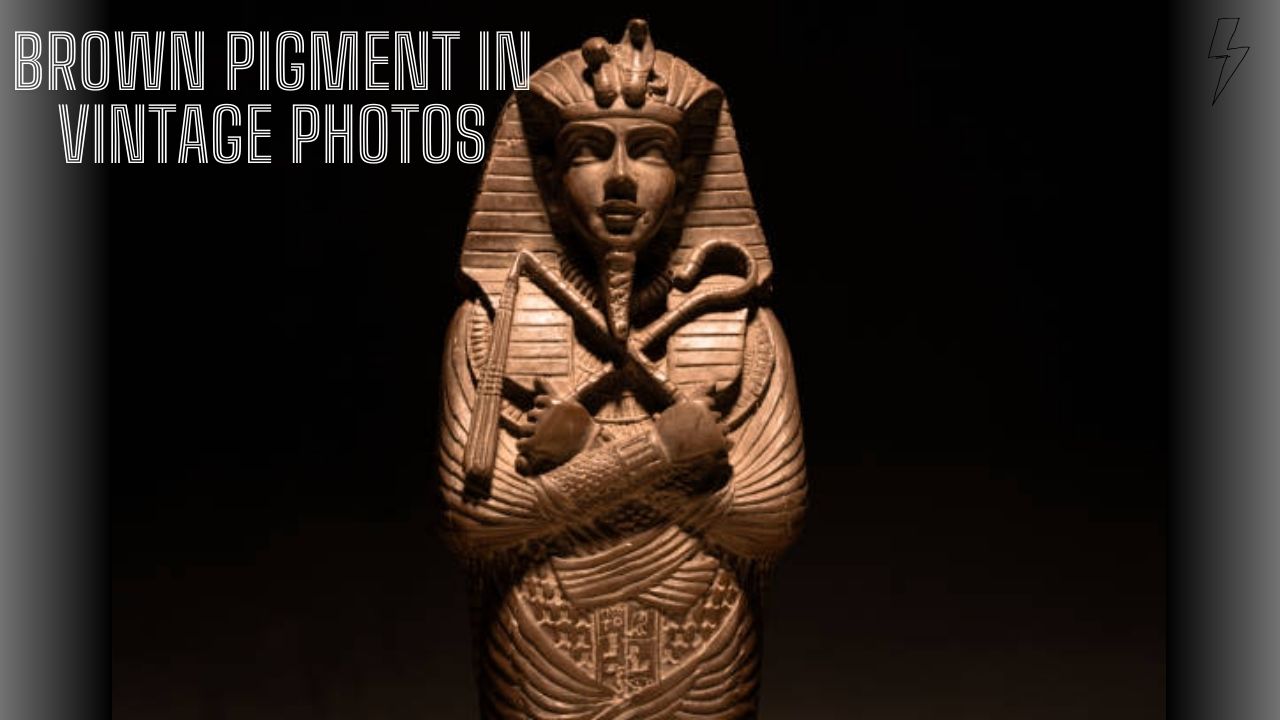Vintage photography holds a unique charm that continues to captivate historians, artists, and photography enthusiasts alike. Among the most intriguing features of vintage photographs is their characteristic sepia tone, a brownish hue that distinguishes these images from modern black-and-white or color photographs. This brown pigment not only adds aesthetic appeal but also plays a crucial role in the preservation and longevity of photographic prints. In this comprehensive article, we will explore the origins, chemistry, historical significance, and modern relevance of pigment in vintage photos.
Origins of Sepia Tone in Photography
The sepia tone in vintage photos can be traced back to the early days of photography. The term “sepia” comes from the Latin word for the cuttlefish, Sepia officinalis, whose ink was historically used for writing and drawing. In photography, sepia toning became a popular method for enhancing the durability and visual appeal of black-and-white prints.
Early Photographic Processes
The earliest photographic processes, such as the daguerreotype and calotype, did not inherently produce sepia-toned images. Daguerreotypes, invented by Louis Daguerre in 1839, involved a direct positive process on a silvered copper plate, resulting in a highly detailed image. Calotypes, developed by William Henry Fox Talbot around the same time, used paper coated with silver iodide to create a negative image, which could then be contact-printed onto another sheet of paper to produce a positive image. These early techniques produced monochromatic images without the characteristic brown tint.
The Rise of Caffenol Sepia Toning
One innovative approach in contemporary photography is the use of caffenol for sepia toning. Caffenol is a homemade developer made from instant coffee, washing soda, and vitamin C. This eco-friendly alternative produces sepia-like tones by reducing silver halides to metallic silver, similar to traditional sepia toning. The process has gained popularity among experimental photographers who appreciate its low environmental impact and the unique, warm brown hues it imparts to prints.
Digital Hybrid Techniques
In the digital age, hybrid techniques that combine analog and digital processes have emerged. Photographers might start with a traditional black-and-white film photograph, scan the image, and then apply digital sepia toning. This method allows for precise control over the toning process and the ability to fine-tune the final image. Hybrid techniques offer the best of both worlds: the tactile quality of film photography and the flexibility of digital editing.
Impact on Social Media Aesthetics
Sepia tones have made a significant impact on social media aesthetics, particularly on platforms like Instagram. The nostalgic and timeless quality of sepia filters has become a popular choice for users looking to add a vintage feel to their photos. This trend reflects a broader cultural fascination with retro styles and the desire to evoke a sense of history and authenticity in digital content.
Sepia Toning in Contemporary Art
Contemporary artists continue to explore and reinterpret sepia toning in innovative ways. Some artists use sepia tones to create large-scale photographic prints that blend traditional techniques with modern themes. Others incorporate sepia-toned images into multimedia installations, juxtaposing historical aesthetics with contemporary concepts. This ongoing experimentation highlights the enduring relevance and versatility of sepia toning in the art world.
Environmental Benefits of Natural Toning Agents
With growing environmental awareness, there is an increasing interest in natural toning agents as alternatives to traditional chemicals. Substances such as tea, coffee, and walnut husks can produce sepia-like tones without the harmful environmental impact of conventional toning chemicals. These natural agents offer a sustainable option for photographers committed to eco-friendly practices while still achieving the desired aesthetic effects.
Educational Value in Photography Curricula
Sepia toning is an important topic in photography education, offering students insights into historical photographic processes and chemical reactions. Learning about sepia toning provides a hands-on understanding of the chemistry behind photographic development and preservation. Photography programs often include sepia toning workshops to help students appreciate the technical and artistic aspects of this traditional method.
Cultural Significance in Historic Documentation
The cultural significance of sepia-toned photographs extends to their role in historic documentation. Sepia tones were commonly used in early ethnographic photography, documenting indigenous cultures and historical events. These images serve as valuable records, providing visual insights into past societies and contributing to our understanding of cultural heritage. The sepia tone often adds a sense of gravitas and historical authenticity to these important documents.
Influence on Modern Interior Design
Sepia-toned photographs have also influenced modern interior design, where they are often used to create a vintage or nostalgic ambiance. Interior designers incorporate sepia prints into decor schemes to evoke a sense of history and timelessness. These images can add warmth and character to spaces, bridging the past and present in a visually appealing way. The use of sepia tones in interior design underscores their enduring aesthetic appeal.
Advances in Conservation Techniques
Advances in conservation techniques have improved the preservation of sepia-toned photographs. Modern conservators use non-invasive methods to stabilize and restore these images, ensuring their longevity. Techniques such as digital restoration allow for the repair of damaged sepia prints without altering the original artifact. These advances help protect and preserve the cultural and historical value of sepia-toned photographs for future generations.
Sepia Toning and Psychological Impact
The psychological impact of sepia tones in photography is an area of interest for researchers. The warm, muted hues of sepia-toned images are often associated with nostalgia, memory, and a sense of comfort. Studies suggest that sepia tones can evoke emotional responses and influence viewers’ perceptions of the past. This psychological dimension adds another layer of depth to the use of sepia toning in art and photography, highlighting its power to connect viewers with historical and emotional contexts.
Conclusion
Sepia toning, with its rich historical roots and chemical intricacies, continues to captivate photographers and artists, bridging the past and present. From its origins in 19th-century photographic processes to its modern digital applications, sepia tones evoke nostalgia, enhance artistic expression, and improve archival stability. Contemporary innovations and eco-friendly practices ensure its relevance in today’s creative and environmental landscapes. As both an artistic tool and a cultural icon, sepia toning endures, reflecting our enduring fascination with history and timeless beauty.




